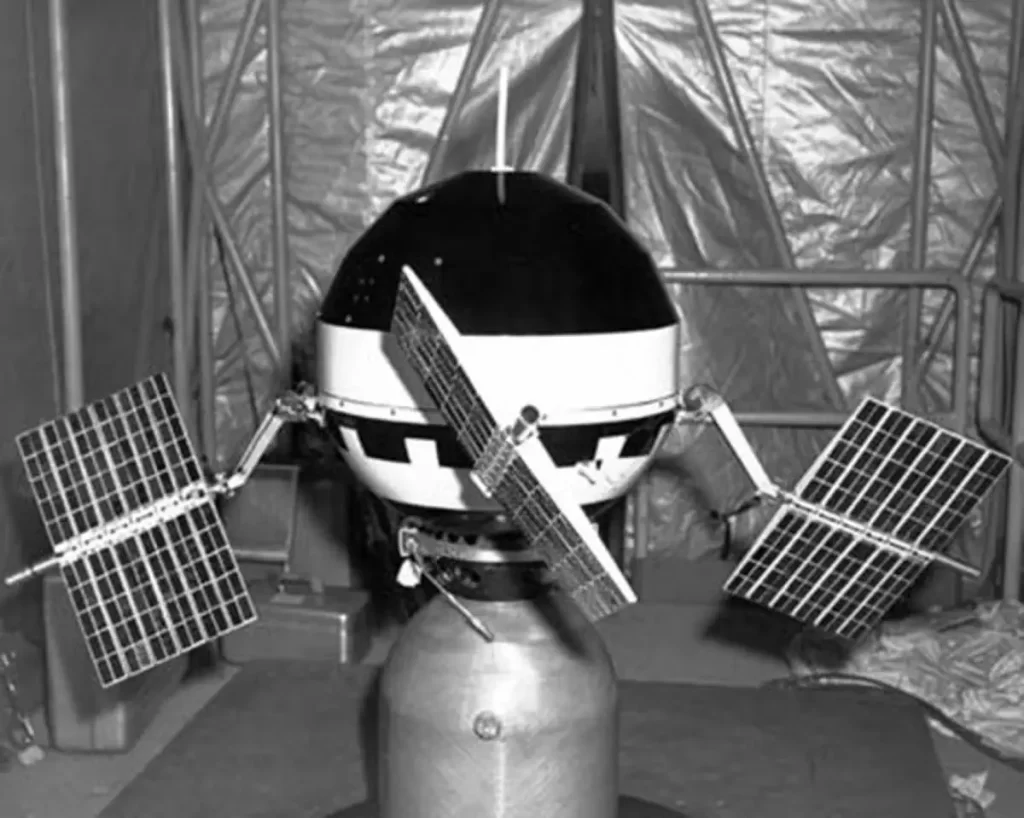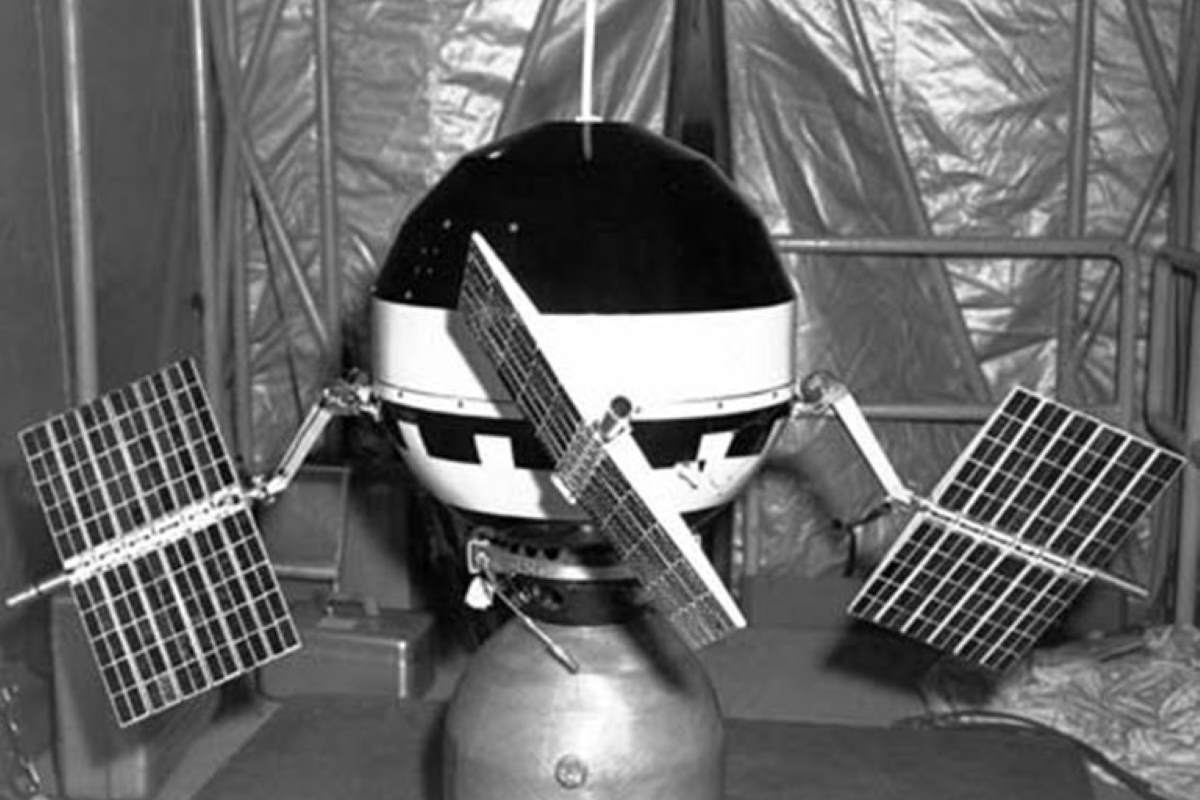Nicknamed “Paddle-Wheel Satellite”, NASA’s Pioneer 5 probe was launched on March 11, 1960, from Cape Canaveral Air Force Station.
Today’s (March 11) story of what happened this day in Science, Technology, Astronomy, and Space Exploration history.
Pioneer 5
Pioneer 5 was part of the famous Pioneer program which included far-ranging space probes Pioneers 10 and 11. It was originally intended to go to Venus, but technical issues delayed its launch (the original mission plan was for a launch in November 1959) and by March 1960, the Venus launch window for the year had been closed.
So, instead of going to Venus, the mission was switched to a direct entry into solar orbit. The space probe investigated interplanetary space between the orbits of Earth and Venus and provided the first map of the interplanetary magnetic field. Pioneer 5 confirmed the existence of interplanetary magnetic fields.

Pioneer 5 was a 0.66 meters (2 ft 2 in) diameter sphere with four solar panels that spanned over 1.4 meters (4 ft 7 in).
The probe was carrying a 40-pound (18.1-kilogram) suite of scientific instruments. It also carried Telebit, the first digital telemetry system operationally used on a U.S. spacecraft. Information rates varied from 1 to 64 bits per second.
Pioneer 5 carried these scientific instruments below:
- Magnetometer.
- Ionization Chamber (it is the simplest type of gas-filled radiation detector. Ionization chambers widely used for the detection and measurement of certain types of ionizing radiation).
- Geiger-Mueller Tube (the sensing element of the Geiger counter instrument used for the detection of ionizing radiation).
- Micrometeoroid Momentum Spectrometer (or micrometeorite detector).
- Photoelectric Cell Aspect Indicator.
- Proportional Counter Telescope to detect solar particles and observe terrestrial trapped radiation.
Controllers maintained contact with the probe until June 26, 1960, to a record distance of 22.6 million miles (36.4 million kilometers) from Earth (later beaten by Mariner 2 in 1962). By June 26, the signal was too weak to acquire any meaningful data, though.
Since then, it orbits Sun as a derelict satellite in heliocentric orbit.
March 11 in Science, Technology, Astronomy, and Space Exploration history
- 2020: Covid-19 was declared a pandemic
- 1960: Pioneer 5 was launched
Sources
- Pioneer 5 on Wikipedia
- Pioneer 5 mission page on the NASA website
- How Many Elephants are Left in the World in 2025? - August 17, 2025
- Moon Landings: All-Time List [1966-2025] - February 2, 2025
- What Is Max-Q and Why Is It Important During Rocket Launches? - January 16, 2025
